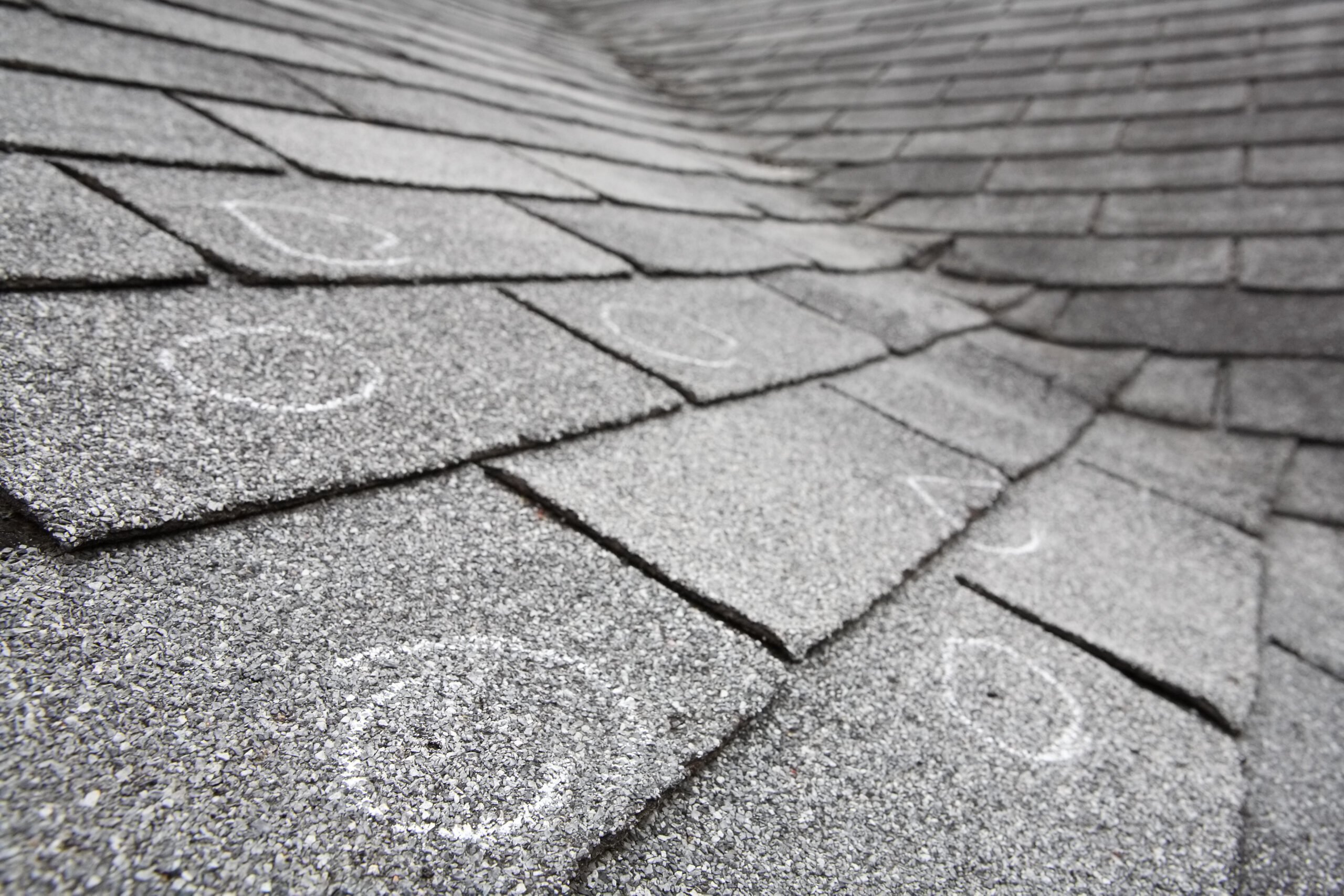
How to Protect Your Roof From Hail and Hurricane Damage


Why Storm-Ready Roofing Matters in the Carolinas
Living in the Coastal Carolinas and the Low Country means enjoying beautiful beaches, vibrant communities, and intense seasonal weather. From spring hailstorms to hurricane-force winds in late summer and fall, your roof is on the front line.
These weather events are major threats to your home’s structural integrity, especially without proper preparation. In fact, a single storm can lead to thousands of dollars in damage, costly insurance claims, or even dangerous living conditions.
At Monarch Roofing, we believe a storm-ready roof is a smart investment. Here’s what you need to know to keep your home protected, before, during, and after the storm.
The Threat of Hailstorms
How Hail Affects Different Roof Types
Hail damage isn’t one-size-fits-all. Different roofing materials react differently when pelted with fast-moving ice:
- Asphalt Shingles: These are especially vulnerable to granule loss and cracking, which weakens the roof’s water resistance and accelerates aging.
- Metal Roofing: While durable, metal roofs can dent under impact. This not only affects appearance but can compromise seal integrity at seams or fasteners.
- Tile Roofing: Tiles can crack or break altogether under larger hailstones, leaving underlying materials exposed to moisture.
Signs of Hail Damage After a Storm
Even small hail can leave behind telltale damage. While some signs are obvious, others may be subtle and easy to overlook, especially from the ground.
After a storm, check for:
- Soft spots or bruises on shingles
- Loose or missing granules in your gutters or at the base of downspouts
- Dents in flashing, roof vents, or gutters
If you notice any of these, it’s time to call in a professional before small issues become bigger problems.
The Impact of Hurricanes on Your Roof
What High Winds and Flying Debris Can Do
Hurricanes bring sustained winds, sudden gusts, and airborne debris that can test every inch of your roof.
- Shingles or panels can be lifted right off if they weren’t properly installed or secured.
- Flashing and sealants may crack under pressure, allowing moisture in.
- Tree limbs and debris can puncture your roof and lead to water damage inside.
Common Weak Points in Hurricane Season
When prepping your home for hurricane season, pay extra attention to:
- Poorly installed materials or aging sections of your roof
- Loose flashing, ridge vents, or vent boots that can become entry points for water
- Weak gutters or damaged skylight seals, which may be overwhelmed by wind or rain
Proactive Steps to Take Before the Storm
Preparation is everything. These steps will boost your roof’s resilience when severe weather hits.
Year-Round Roof Inspections
Don’t wait until a storm is on the radar. A yearly professional roof inspection is your first line of defense.
Our team at Monarch Roofing can identify and repair small issues, like cracked shingles, missing sealant, or loose flashing, before they turn into emergency repairs.
Reinforce Your Roof’s Structure
When it comes to storm prep, strengthening your roof’s underlying structure is one of the smartest investments you can make. The materials you don’t see can make the biggest difference when high winds and flying debris hit.
Whether you’re upgrading your existing roof or planning a new one, these enhancements can significantly boost durability and storm resistance:
- Hurricane Clips and Straps: These metal connectors are designed to anchor your roof to the walls of your home, providing extra hold during hurricane-force winds. Without them, extreme gusts can create upward lift that pulls the roof away from the structure.
- Synthetic Underlayment: Traditional felt paper offers minimal water resistance, but synthetic underlayment is a modern upgrade that provides superior protection.
- Class 4 Impact-Resistant Shingles: Rated by UL 2218 testing, these shingles are designed to withstand the impact of hailstones without cracking or losing granules.
These improvements can also help with insurance discounts, a win-win for homeowners.
Keep Gutters and Drains Clear
Clogged gutters cause water to back up under your roofing system or overflow onto siding and foundations. This can lead to rotted fascia, interior leaks, or even foundation damage over time.
Make sure your drainage system is:
- Clear of leaves and debris
- Properly sloped
- Securely fastened before storm season begins
What to Do After a Storm Hits
Perform a Safe Visual Inspection
Once it’s safe, do a ground-level walkthrough of your property:
- Look for missing shingles, exposed roof decking, or visible punctures
- Check your attic for any signs of water exposure, intrusion, or staining
Avoid climbing onto your roof — leave that to the pros.
Schedule a Professional Inspection With Monarch
If you suspect damage or just want peace of mind, Monarch Roofing offers free inspections following storms. We provide:
- Clear, honest assessments
- Fast turnaround for quotes and repairs
- Documentation for insurance claims
Avoid Delays – Storm Damage Can Worsen Fast
Even small roof leaks can snowball into major problems. Hidden water can soak insulation, encourage mold growth, or compromise your home’s structure.
Quick action saves money and headaches in the long run.
Why Homeowners Across the Carolinas Trust Monarch Roofing
For nearly two decades, Monarch Roofing has helped families across Myrtle Beach, Ridgeland, and Wilmington weather the storm, literally.
What sets us apart:
- 4.9-star reviews across all three locations
- Local knowledge of the Carolina climate and building codes
- Expertise in metal, shingle, and flat roofing systems
- We proudly offer free estimates and pre-storm consultations
Don’t Wait for the Next Storm – Schedule Your Roof Inspection Today
Storm season won’t wait. Get ahead of the weather and contact us today for a free, professional inspection from Monarch Roofing. We’ll assess your roof’s current condition, suggest improvements, and help you prepare for anything Mother Nature throws your way.
